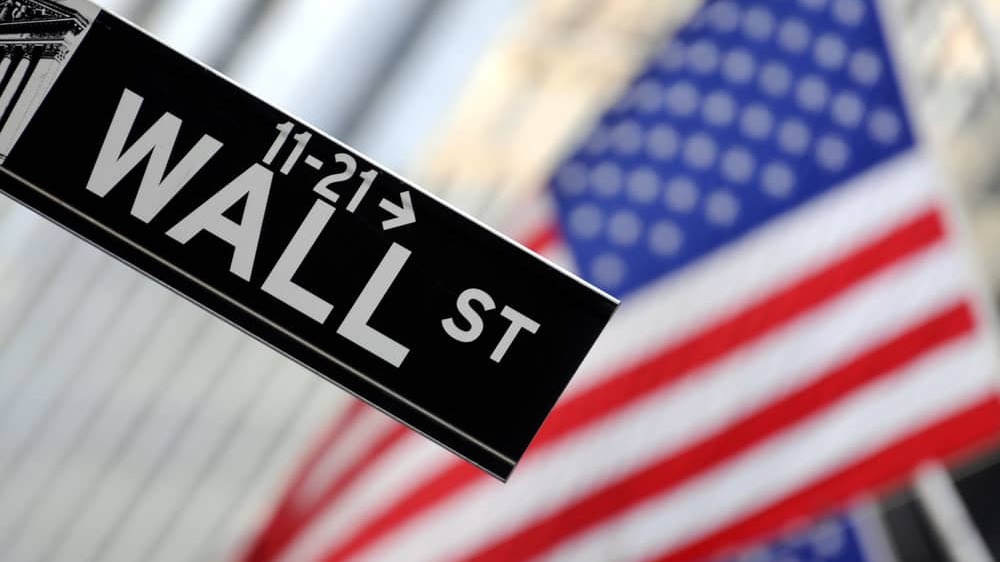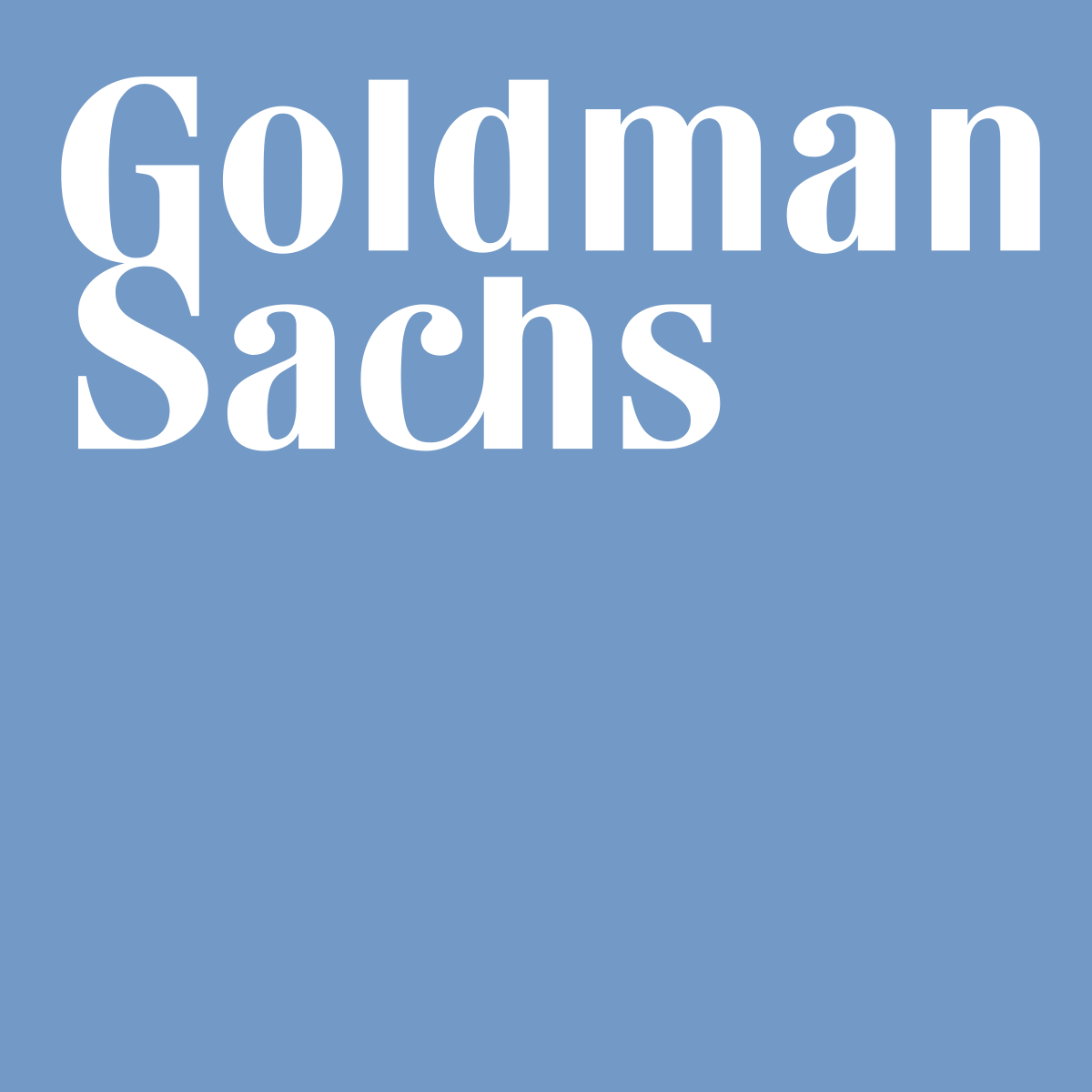Economists have been decidedly bearish over the prospects of markets over the next few months, but a few plucky souls have been willing to bet this year’s rally is far from over.
The flagship US index has risen by 18.6% year to date as of 18 July, all in the face of the Federal Reserve’s aggressive interest rate hiking cycle which many predict will lead to an economic slowdown or even recession.
However, in a note to clients last Wednesday, John Flood, partner at Goldman Sachs, said we could be in for a record-breaking year for the S&P 500.
“For the first time in 2023 we are currently being asked by multiple clients if we think the S&P 500 is now on track to clock an all-time high before year-end. I am going with a yes on this,” he wrote.
The previous index record came in January 2022 when the market hit 4,796.56, roughly 4.8% above the S&P 500’s previous market close.
Tom Lee, co-founder of Fundstrat Global Advisors, said the recent market milestone of 4,505 – following a soft inflation reading in the US last week – will act as a “support” for the index to match and even surpass the January 2022 highs.
“I think we will be well above the prior highs,” he told CNBC’s Squawk Box. “There is a chance we could get close to 5,000 but a lot would have to go right, such as a soft landing and earnings have to start turning.
“This quarter about half of the S&P 500 will post earnings growth, but by the end of the year that could be at 100%. Inflation also must be on the glide path lower.”
Despite this, analyst expectations are low on companies' Q2 earnings, which would make it hard to defend this year’s rally, while key US economic metrics may yet push the Fed into more rate hikes this year.
Will the ‘Magnificent 7’ drive an ATH?
With all eyes on Q2 earnings, none will be more watched than the so-called ‘magnificent seven’.
These seven stocks made up of Alphabet, Amazon, Apple, Meta, Microsoft, Nvidia and Tesla, are up 90% on average year to date, contributing to 73% of S&P 500 returns, according to the Bank of America (BoA).
Savita Subramanian, equity and quant strategist at BoA said the mega-cap group of tech stocks is expected to represent all US corporate earnings growth and then some in Q2, a 21% year-on-year gain versus a 10% loss for the rest of the S&P 500.
“In our view, equity opportunities are likely to broaden beyond the seven-stock cohort. Valuations are more attractive outside of these companies, and projected returns based on consensus are higher for the equal-weighted S&P 500,” she said.
S&P 500 equal weight ETFs have seen strong inflows over the past couple of months, including the $2.9bn Xtrackers S&P 500 Equal Weight UCITS ETF (XDEW) and the US-listed Invesco S&P 500 Equal Weight ETF (RSP), as the investors became wary of the index’s over-concentration.
Hawkish Fed
While inflation came in below expectations last week, the Fed is still expected to raise interest rates to a range of 5.25% to 5.5% later this month.
However, following the cooler than expected Consumer Price Index (CPI) reading last week, analysts are now anticipating the Fed could once again pause rates, acting as another boon to the S&P 500 which rose 2.4% on the news.
This will all depend on other key economic datasets highlighting the economy is slowing down.
While company earnings will also have some baring, retail sales figures for June are expected to show a monthly increase of 0.5%, according to Rania Gule of XS.com, potentially giving the Fed more reason to continue its current cycle.
“If the data comes in higher or in line with expectations, it might exert negative pressure on stock prices, leading to a corrective downward movement in the S&P 500 before continuing its current upward trend”, Gule said.






